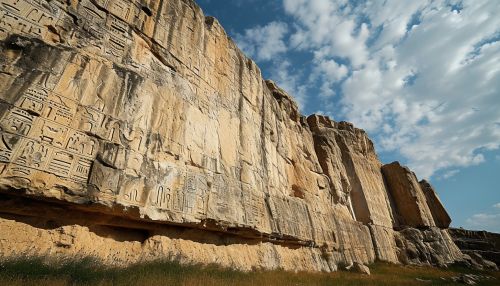Henry Rawlinson
Early Life
Henry Creswicke Rawlinson was born on April 11, 1810, in Chadlington, Oxfordshire, England. He was the second son of Abram Tyack Rawlinson and his wife, Eliza Creswicke. His father was a well-known naval officer and his mother was the daughter of a prominent Bristol merchant.


Education
Rawlinson received his early education at home under the guidance of private tutors. He later attended Eton College, one of the most prestigious boarding schools in England, where he excelled in classical studies.
Military Career
In 1827, at the age of 17, Rawlinson joined the British East India Company. He was commissioned as a second lieutenant in the Bombay Army, the armed forces of the British East India Company in the Bombay Presidency.
Work in Persia
In 1833, Rawlinson was appointed as the political agent of the British government in Kandahar, a city in modern-day Afghanistan. In 1835, he was transferred to Persia (modern-day Iran) where he served as the British consul in Baghdad.
During his time in Persia, Rawlinson developed an interest in the ancient cuneiform inscriptions that were scattered across the region. His most significant contribution to the field of Assyriology was his decipherment of the Behistun Inscription, a multi-lingual inscription carved on a cliff face in western Iran.


Decipherment of Cuneiform
Rawlinson's work on the Behistun Inscription, which began in 1835 and continued for several years, was instrumental in the decipherment of cuneiform, the script used by the ancient Babylonians and Assyrians.
Later Life and Death
After retiring from the British East India Company in 1855, Rawlinson returned to England. He was knighted in 1856 and was elected as a member of the British Parliament in 1858.
Rawlinson died on March 5, 1895, in London. His contributions to the field of Assyriology and his decipherment of cuneiform have had a lasting impact on our understanding of the ancient Near East.
Legacy
Rawlinson's work on the decipherment of cuneiform has had a profound impact on the field of Assyriology. His translations of the Behistun Inscription provided scholars with a key to understanding other cuneiform texts and opened up a new world of ancient history for exploration.
